Discover Vinyl Flooring On Stairs Pros And Cons 2024
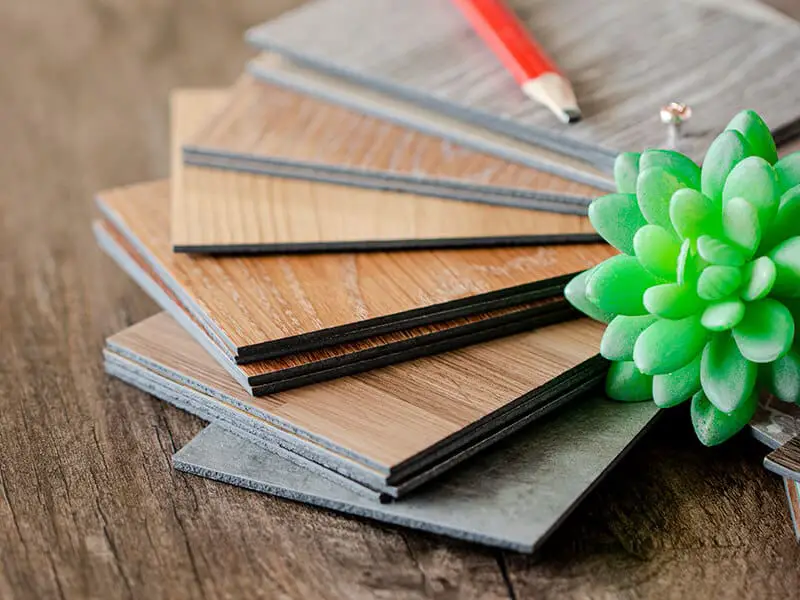
Understanding exactly vinyl flooring on stairs pros and cons will help you make a proper decision whether you should select vinyl flooring to install for stairs or not? You will have a solid knowledge of this exciting topic after reading this article.
Besides providing information about the pros and cons of vinyl flooring on stairs, this post will show you the proper and effective methods to install vinyl flooring for stairs, as well as relevant knowledge. Therefore, do not miss any section of this fantastic article.
Primary Things You Need To Know About Vinyl Flooring
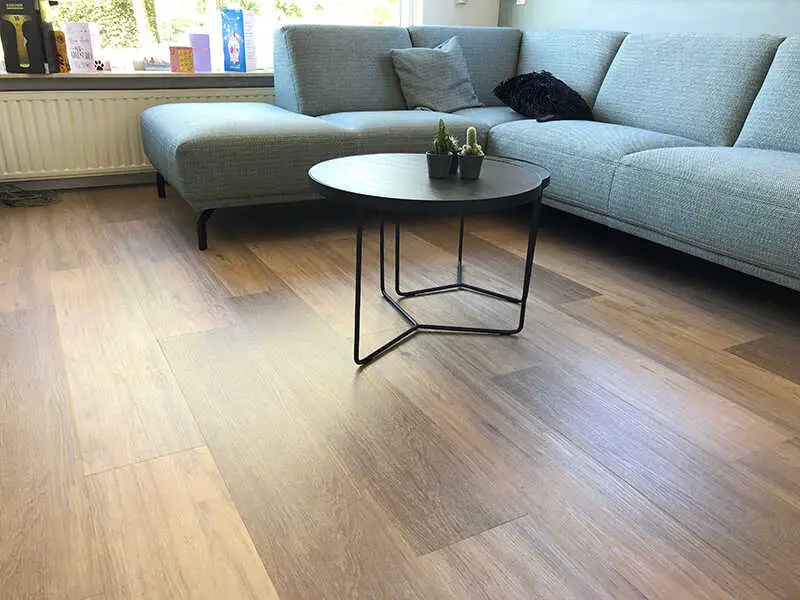
You should start with a few essential facts about vinyl flooring before learning about the advantages and disadvantages when used for stairs.
Vinyl flooring or sheet flooring is a flexible and large-sized floor (1). This type is not the same as wood or tile floors, and they do not exist as separate parts. Vinyl flooring is manufactured according to a uniform sheet, and you will cut to the size you want when using it.
There are two popular vinyl flooring models on the market, tile and wood patterns. If you like, you can combine these two patterns to create the design you desire.
Besides a flexible vinyl flooring sheet with a wear layer on top, you can choose vinyl plank flooring with 4 different layers including the backing layer, water-resistant layer, printed layer, and wear layer.
It is usually about 36 or 48 inches long and 7 ¾ inches wide. In addition, its 4 layer thickness is about 0.078 inches (2 mm) for low-quality floorings and 0.31 (8 mm) inches for high-quality versions.
If you are looking for a thick vinyl floor and have a variety of designs, you can choose luxury vinyl flooring instead of the standard version. When using this type, you do not need to roll out and glue the floor because the luxury vinyl planks are glued together.
It is time to discover fantastic things about vinyl flooring.
Advantages And Disadvantages Of Vinyl Flooring On Stairs
There are many comparisons of vinyl flooring with other types of flooring when used for stairs. Let’s find out the advantages and disadvantages of this type of flooring if you use it for stairs.
Advantages Of Installing Vinyl Flooring For Stairs
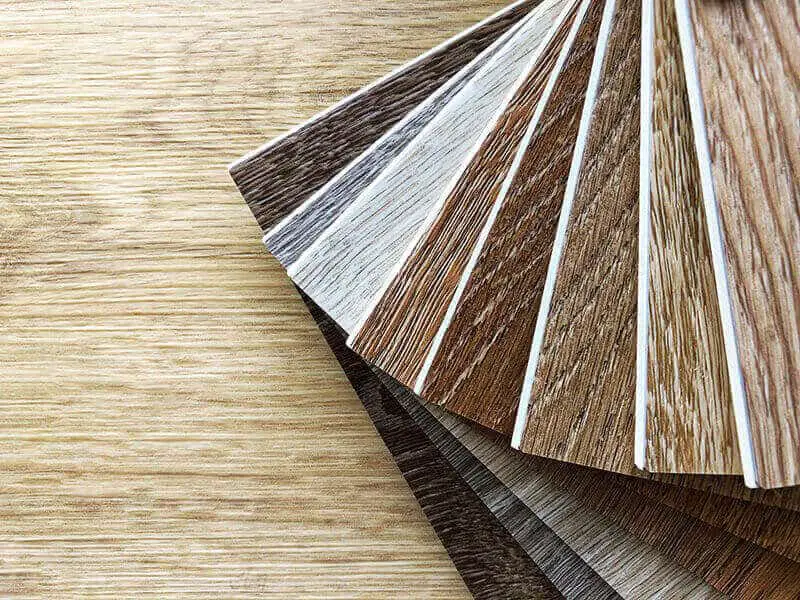
With its unique design and features, vinyl flooring will bring a lot of value to you when used for stairs. These benefits include both quality and aesthetics.
You Can Install It Yourself
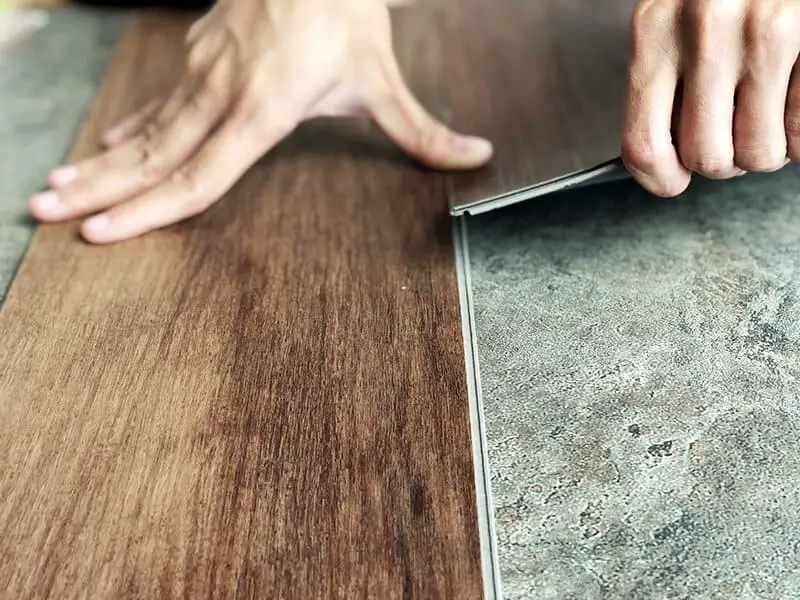
As I mentioned, you can entirely install vinyl flooring for stairs yourself without needing a professional since it is simple to install. It exists as a singular sheet, so you only need to follow a few tutorials online to instate it for the stairs.
Unlike installing wood and tile floors, you do not need to pay much attention to fitting vinyl floorings together as they already have patterns printed on the surface. Therefore, you just need to make sure the floor is firmly fixed.
When installing luxury vinyl flooring, you do not need to use nails or screws to pin it down. The boards are attached to each other by a click and lock system.
Plus, you do not need complicated tools or equipment to fix and seal vinyl flooring during installation because the adhesive on its back will do everything.
It Is An Inexpensive Option
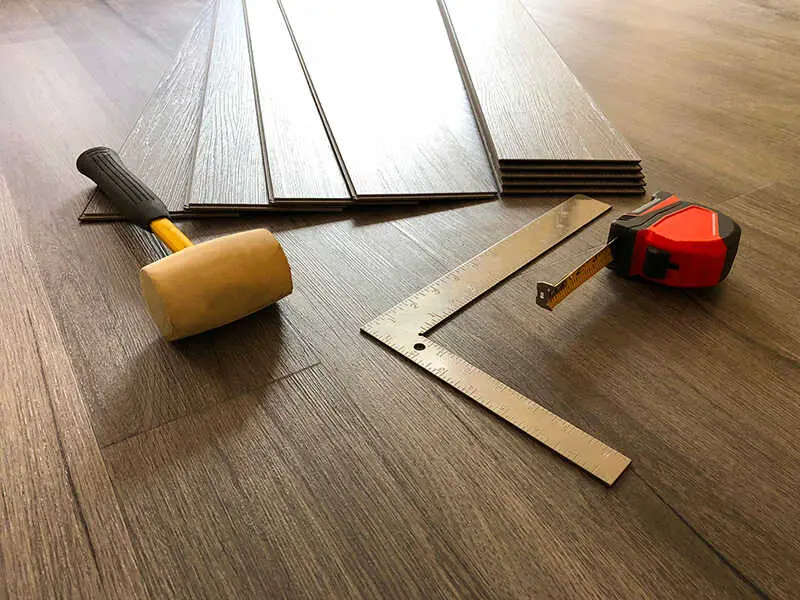
When using vinyl flooring, you will save some money because its price in the market is cheaper than wood and tile floors. Vinyl flooring of different qualities will have different prices, but most are around 2 to 6 dollars per square foot.
Meanwhile, you have to pay about 20 to 30 dollars for a square foot if you use wood floors. Also, this figure for ceramic floors is 1 to 35 dollars. You also only need to spend about 2 to 6 dollars on hiring someone to install 1 square foot of vinyl flooring.
If you need an expert to install wood and tile floors, it will cost you about 6 to 20 and 6 to 14 dollars, respectively. However, you can install vinyl flooring yourself to save money.
You will have to spend more money to buy decorative carpets when using wood or tile floors to enhance the aesthetics. Moreover, you will save money on cleaning and maintaining vinyl flooring.
It Has The Waterproof And Long Durability
Vinyl flooring has a long durability of about 10 to 20 years and its warranty is up to 15 years. It is equipped with effective water-resistant and stain-resistant properties. Vinyl flooring’s waterproof property prevents the growth of mold and bacteria.
Because floors are not susceptible to damage by water, you do not need to worry about water spills that could damage the floor. In addition, the wear layer of the floor helps to reduce the possibility of scratches, cracks, stains, and dents.
Therefore, when using it, you just need to avoid the fading of the floor without worrying about water damage. You just need to use a chemical-free cleaner to help the floor shine.
To increase the life of the floor, you should choose sheet vinyl flooring to prevent water and moisture from penetrating through the seams and affecting the quality of the floor.
It Is Simple To Clean And Maintenance
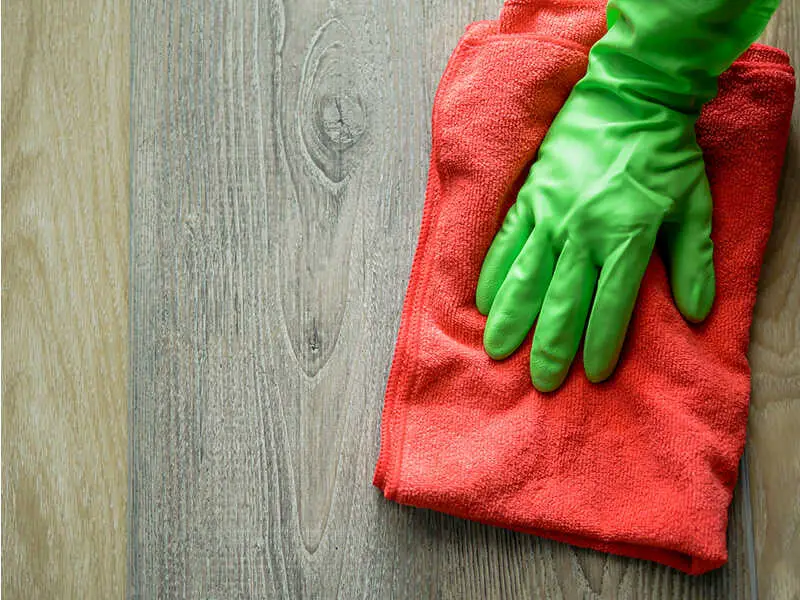
Floor cleaning and maintenance are incredibly essential to keep it clean and prolong its life. Compared to other types of flooring, you can clean vinyl flooring easily without worrying about damaging the floor.
Especially when cleaning with water, you do not need to worry about water causing damage to the floor. You just need to take a few minutes and apply the following tips to keep vinyl floors clean.
- You should sweep the floor regularly during the day to remove dust on the floor.
- Wipe and clean areas with food or soft drinks spill immediately.
- For vinyl flooring, weekly mopping is essential.
- You should avoid harsh cleaners when cleaning vinyl flooring.
- For better floor cleaning, you can use vinyl floor sealant.
- When cleaning with vinyl flooring, you should limit the use of steam mops to mop the floor.
If you maintain vinyl sheets, you will not need to spend a lot of time removing dirt that gets between the tiles or floorboards, like wood and tile floors because they do not have tiles or floorboards.
Eye-catching Designs
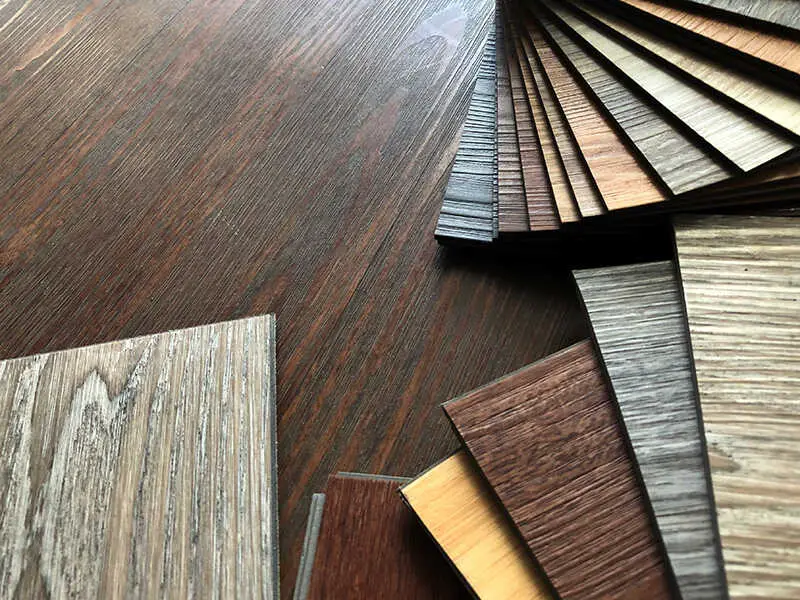
Vinyl flooring will bring beautiful designs to your home and stairs. The wood and stone patterned designs of this type of floor will make the appearance of the stair floor more attractive and eye-catching.
You can choose LVP with dark and warm colors for large staircase areas. For LVP with lighter shades and patterns, it will be suitable for narrow stairs and small rooms.
Alternatively, the wood and tile-like patterns of vinyl flooring will easily match the color of the interior of your home. The choice of pattern designs of vinyl depends on your preferences.
Feel Comfortable When Walk On It
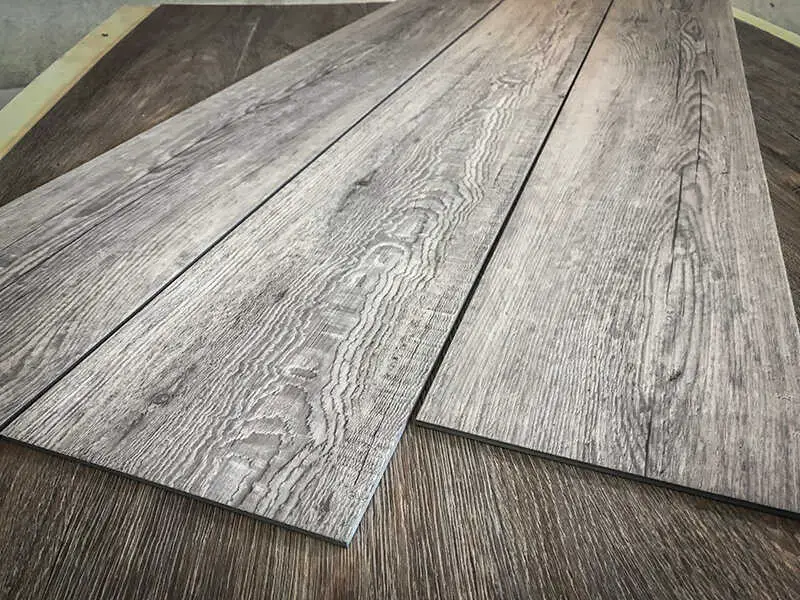
Vinyl flooring brings a pleasant feeling when walking on the floor. If you walk barefoot on vinyl flooring, you will feel soft and relaxed. This is thanks to the shock absorber mechanism of vinyl flooring.
In addition, in winter, you will not feel too cold when stepping on vinyl floors like tile floors. In summer, the floor is not too hot. Therefore, you will always feel comfortable no matter how the weather changes.
Your feet will feel softer when the floor has proper vinyl underlayment. Furthermore, you will avoid emitting loud sounds when moving up the stairs with vinyl flooring. However, if vinyl appears with foam backing, it will increase the sound transmission effect.
Listen to some fantastic advantages of vinyl flooring.
Disadvantages Of Using Vinyl Flooring On Stairs
Besides the above outstanding advantages, there are still disadvantages that you need to keep in mind when using vinyl flooring for stairs. Please read this section carefully before deciding to choose a floor.
Spend A Lot Of Time Removing
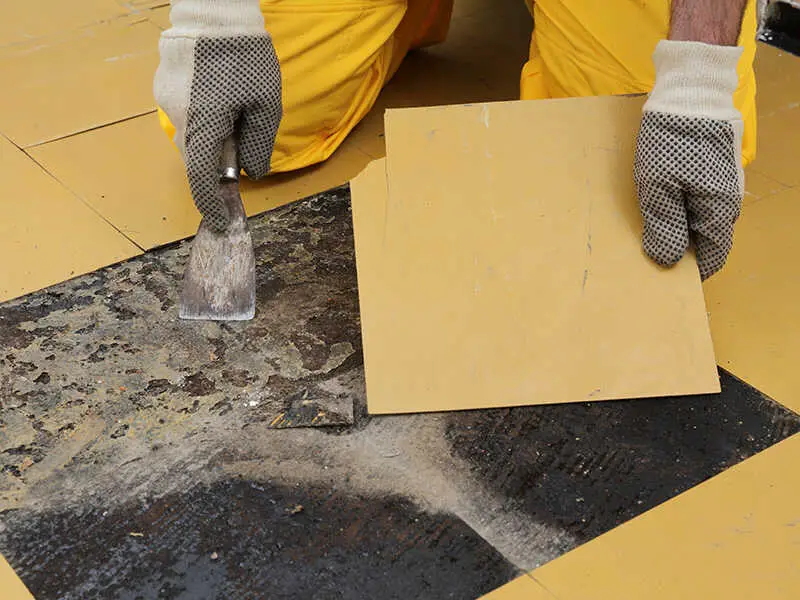
A prominent disadvantage of vinyl flooring is that it is difficult to remove because it is fixed to the subfloor with a layer of glue. Moreover, over time, this layer of glue adheres more tightly to the subfloor.
It takes a lot of time and effort to remove the vinyl floor from the subfloor. To do this, you have to use scraping tools and cleaners. This may cause quite a lot of trouble for vinyl floor users.
Dirt And Dust Underneath Cause Lumps And Bubbles
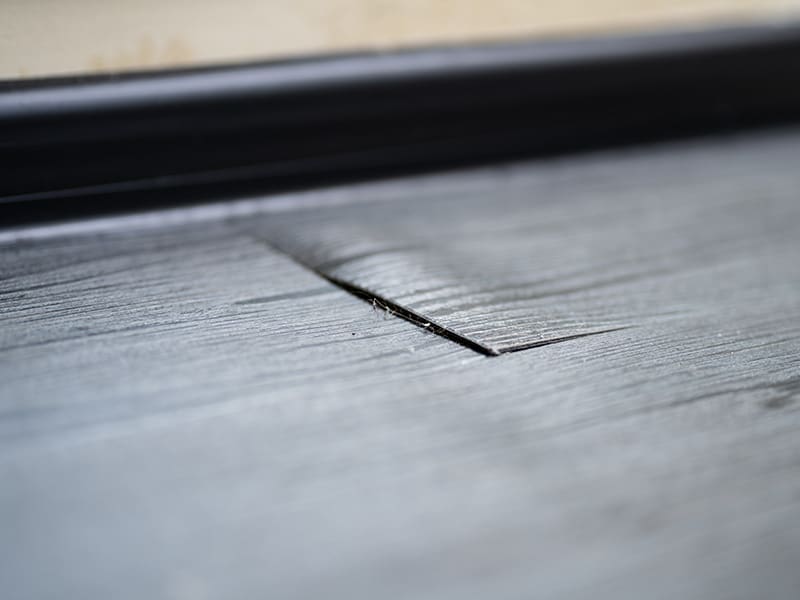
Vinyl flooring is pretty soft and smooth, so even tiny dirt particles underneath can easily cause lumps and bubbles to appear on the surface of the floor. This reduces the aesthetics and the smoothness of the floor.
Although you can install vinyl flooring yourself, you need to make sure the subfloor is free of dirt to prevent this bad situation from happening. You also need to use the proper underlayment for vinyl flooring.
Easy To Scratch And Cut
Although the wear-resistant feature of vinyl flooring helps to reduce the possibility of floor scratches, the floor is still susceptible to scratches and cuts in high-traffic areas.
Cheap vinyl flooring is also prone to scratches. However, when you discover damaged vinyl flooring, you can remove the damaged floor area to replace it with new flooring.
To reduce this possibility, you should use coasters or food pads to line the bottom of the furniture and move gently when walking on the vinyl floor.
Color Changes
Cheap and poor-quality vinyl flooring is often prone to discoloration. You will not believe this because you know vinyl flooring has a protective layer to prevent it from scratches and stains, but it can still discolor.
You will easily detect the floor turns yellow after a period of use. Discoloration also occurs frequently for vinyl flooring on stairs when exposed to direct sunlight. Therefore, you should choose a high-quality floor to prevent this situation.
No Good For The Environment
Compared to floors made from corks and bamboo, vinyl flooring will negatively affect the environment. Its main component is polyvinyl chloride, along with stabilizers, fillers, plasticizers, and pigments. They are toxic to the human body and the environment (2).
If you or your pet breathes in the gases released from these compounds, you can develop cancer, asthma, kidney and lung diseases. Vinyl flooring is difficult to decompose and recycle, so when burned, it will pollute the air, and its remnants also remain in the soil.
Difficult To Select As The Varied Quality
Vinyl flooring is sold a lot in the market, so you will have a hard time choosing a vinyl flooring suitable for your needs and still delivers good quality. Therefore, you need to be careful and take more time when choosing.
There are three popular types of vinyl flooring on the market that you can choose from, including rigid core vinyl flooring, luxury vinyl flooring, and waterproof vinyl flooring. You should select floors with more robust cores to reduce the possibility of scratching.
I recommend using luxury flooring to achieve the best quality and do not choose industrial flooring brands because the quality is not good.
It Does Not Provide The Realistic Appearance
Vinyl flooring gives a beautiful look to your stair floors. However, if you use it to replace wood or tile floors, it cannot provide the same authentic feel and look like wood and tile floors.
No vinyl flooring can be realistic as real flooring. Therefore, if you like wood floors and can afford to use them, you should install laminate flooring. However, the designs and patterns of vinyl floors will also be a viable option when you cannot use real wood or tile floors.
It Is Complicated To Repair
When vinyl flooring is damaged, you will have to replace it with a new sheet. However, this renewal may leave patches. This is an agent that makes floors more susceptible to damage, especially when you clean them.
Because, when you mop the floor with water, it can seep through the floor patches and pass into the sheets. This will make the floor easy to damage.
Detailed Instructions To Install Vinyl Flooring For Stairs
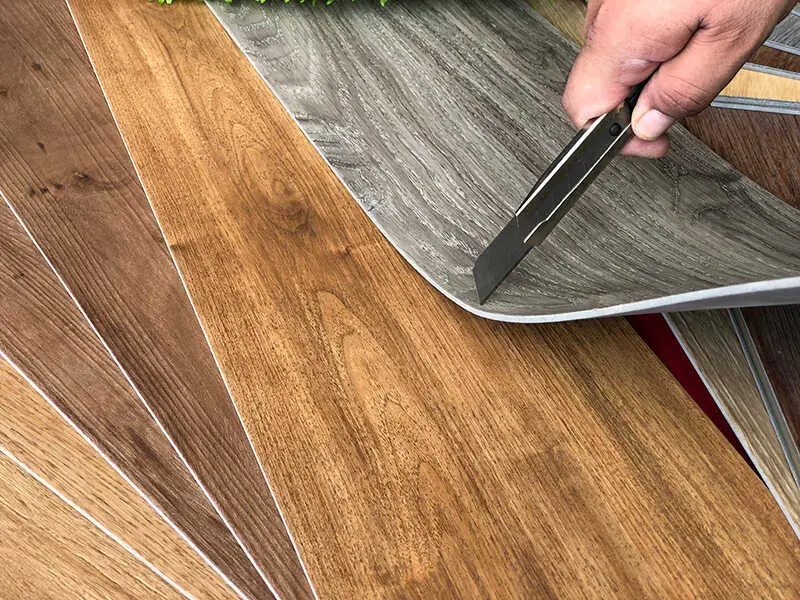
If you choose vinyl flooring for your stairs, you need to know how to install it properly to ensure beauty and quality. I will guide you through the specific process to install vinyl flooring for stairs.
What you Need
- Jigsaw
- Tape measure
- Caulk gun
- Fine-tooth blade
- Carpenter square
- Drill
- Construction adhesive
- Vinyl plank flooring
- Screws
- Nails (optional)
- Vinyl plank flooring
- Stair nosing
Instructions
Step 1: Preparation
- You need to cut around the stairs and remove the pre-existing molding.
- You will use a jigsaw to cut out the stair overhangs and the back of the baseboard.
- You should not leave stairs and landings uneven. If there are cracks, you should use caulking to fill them.
- Use a cloth to wipe off the dirt.
Step 2: Install a Stair Rise – the Vertical Surface of Each Staircase
- Determine the length and height of the riser.
- Prepare a vinyl plank that is sized to match the riser.
- Spread construction adhesive on the back surface of the plank.
- Place on the riser and press the plank firmly into the riser.
- Use screws or nails to secure the corners and edges of the riser. It is not good to have the fasteners in the center of the vinyl plank because it is pretty easy to spot.
Step 3: Determine the Size of the Tread and Stair Nose to Cut.
Note: Tread is the part where you will put your feet to walk. The stair nose is used to beautify stairs that often appear on the top edges of stairs.
You should measure the size of each of the stairs because their dimensions vary from step to step.
- Specify the size of the tread and the width of the stair nose.
- Cut vinyl plank flooring so that the size is just enough for the stair nose to correspond to the edge of the stairs.
- When one plank is not enough for a stair, you should use another plank to fill in the gap and cut to fit the stair.
- Use a cloth to dry the stair nose and tread and check the size of the joint completely before installing.
Step 4: Assemble the Stair Tread.
- Spread construction adhesive on the back of the tread.
- Use downward pressure to secure it firmly.
- Shoot screws into the corners and back edges of the tread. These are the areas that you will hardly see and they are covered by the riser.
Step 5: Stair Nose Installation.
Case 1: Install without using a shim.
- Apply construction adhesive to the stair nose surface and glue it to the tread to fill all edges of the stairs.
- Note: You should not use drive fasteners while installing stair noses.
Case 2: Install when using a shim.
- Use glue to secure the shim to the edges of the stairs.
- Stick stair nose on top of shim. Avoid letting the stair nose take up the entire tread.
- Have 4 or 5 fasteners follow the length of the stair nose. You should leave a distance of about 1 inch from the tread.
Step 6: Glue Vinyl Plank FLooring on the Landing.
- Determine the size of the landing.
- Prepare planks of the same size as the landing.
- Glue the vinyl plank and stair nose to the edge of the landing.
Note: You will not need to install the stair nose when you use a one-piece stair cover. It is a combination of tread and stair nose and the stairs will look seamless with it.
Follow the instructions to install vinyl flooring on stairs correctly.
FAQs
I have surveyed and answered the most frequently asked questions about the pros and cons of vinyl flooring on stairs and related content.
Vinyl Flooring On Stairs – To Use Or Not To Use
Everything has good and bad sides, so you need to understand these things to use them for exemplary purposes and effectively. This article has covered all the pros and cons of vinyl flooring when used on stairs.
Please research carefully before deciding whether to use it for your stairs. Let me know the results after using your vinyl flooring in the comments. Please bring this helpful information to the people around you. Thanks a lot.
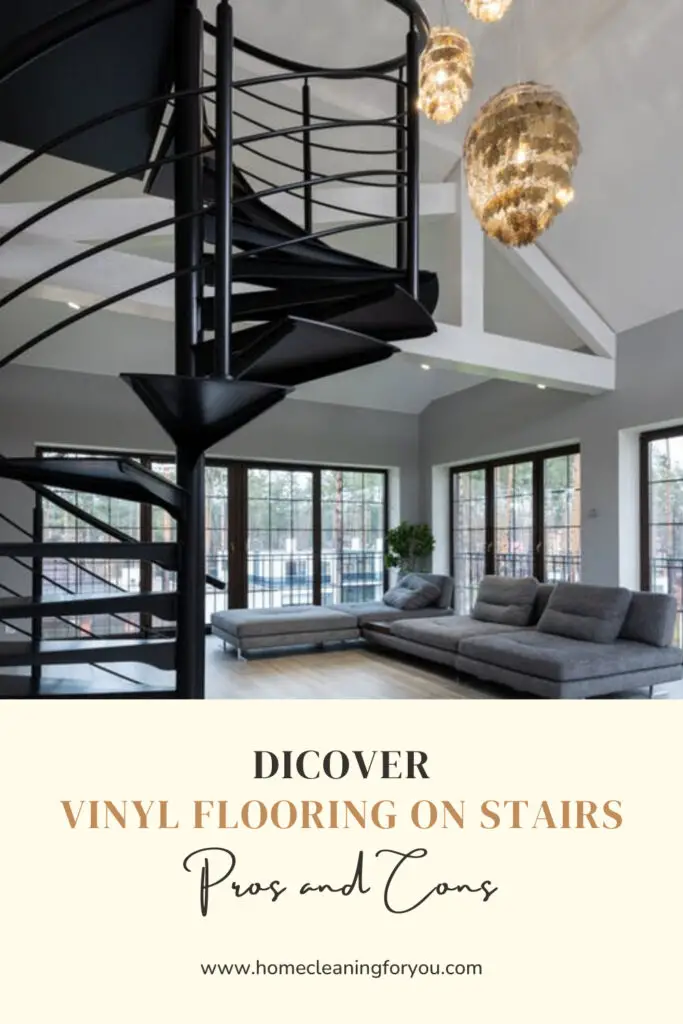
References
- En.wikipedia.org. 2022. Sheet vinyl flooring – Wikipedia.
- Ecocenter.org. 2022. Floored by Phthalates Findings

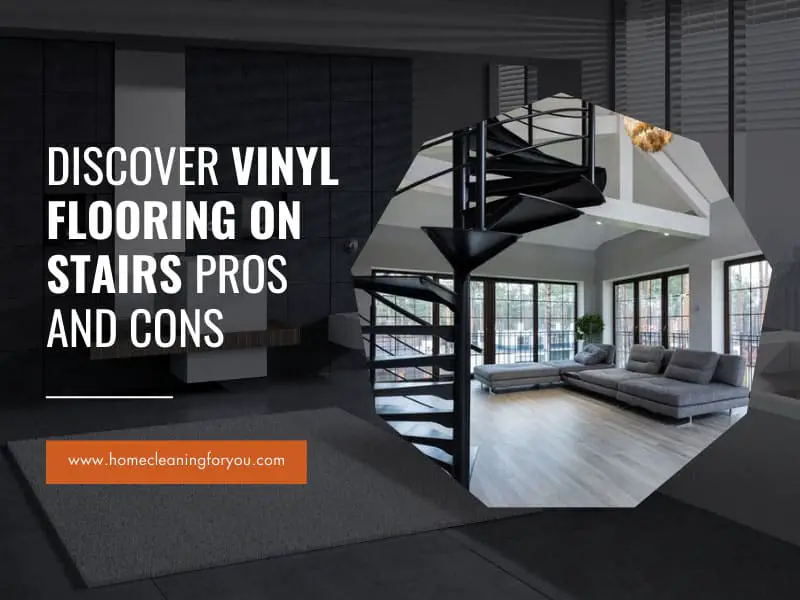
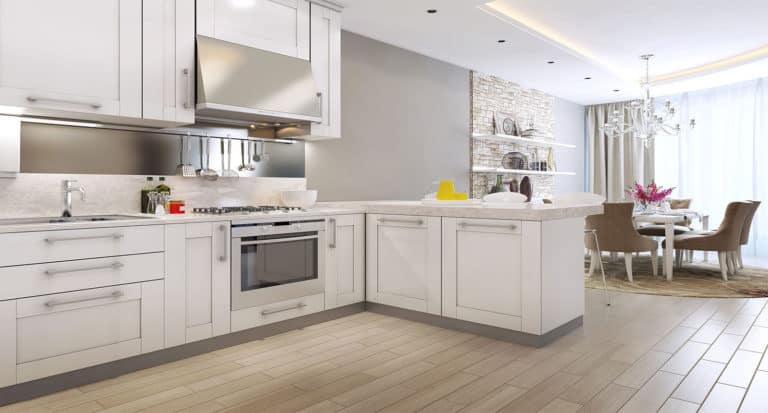
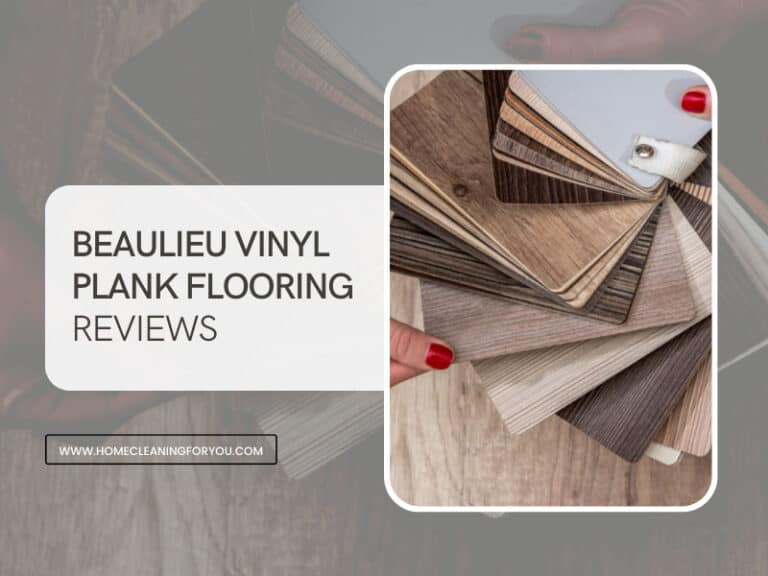
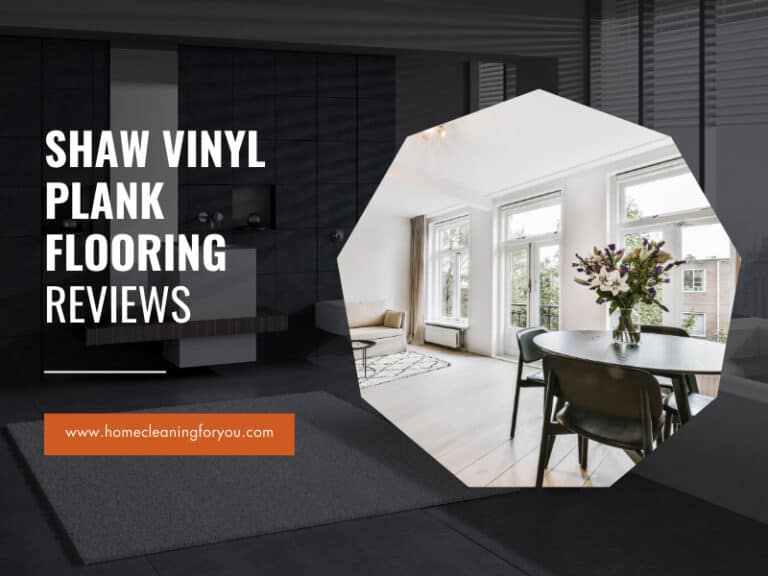
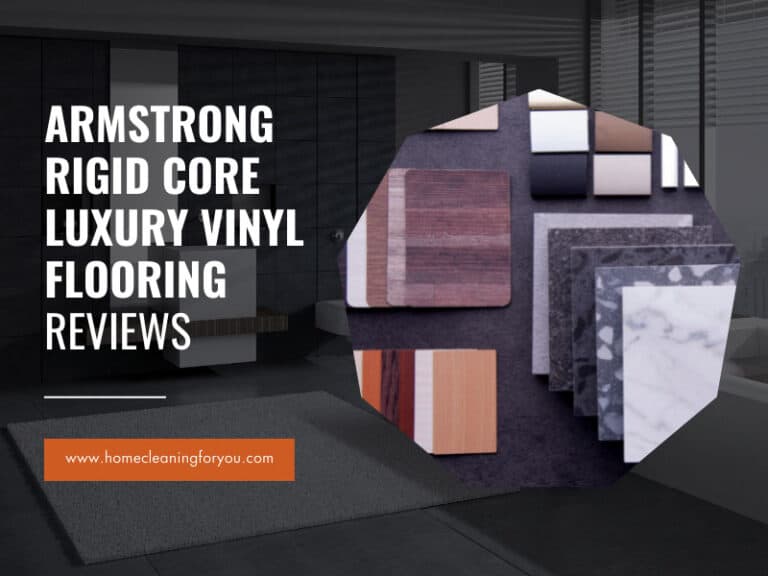
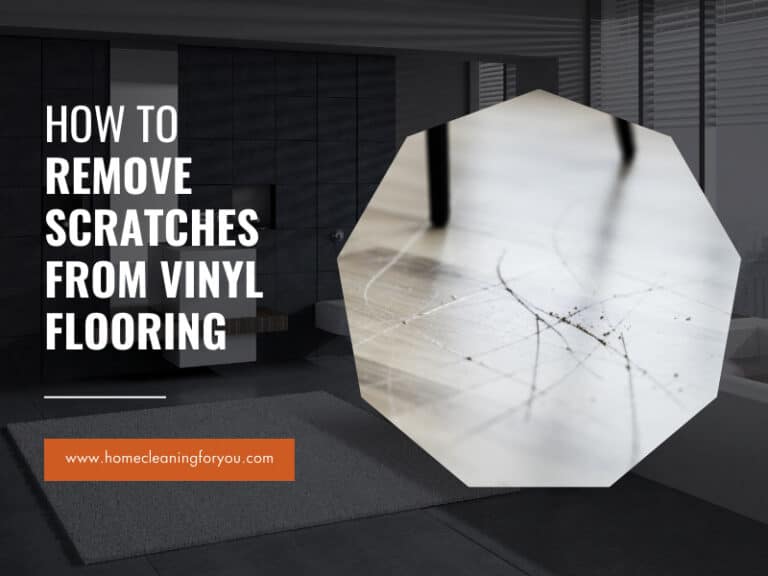
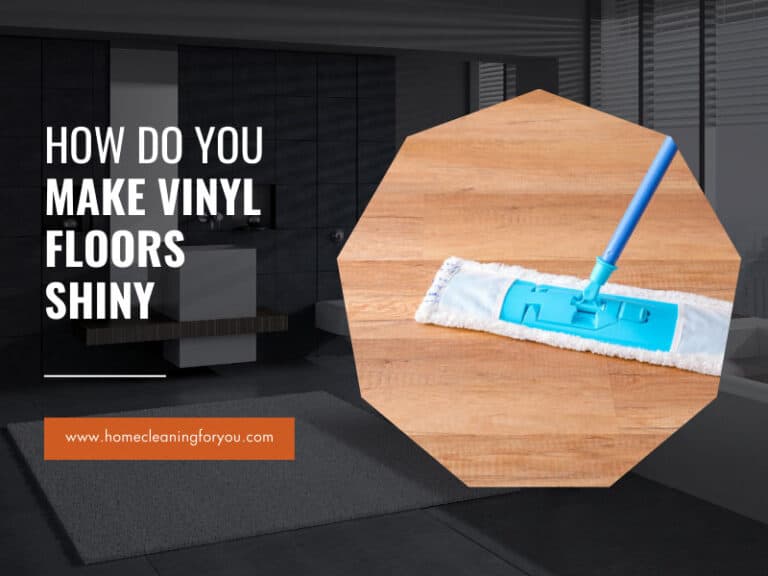
Kevin Jones
Home Cleaning Specialist
Expertise: In-depth Knowledge of Cleaning Agents and Their Uses, Advanced Home Sanitization, Techniques Expertise in Cleaning and Maintaining, Various Floor Types, Innovations in Home Cleaning Tools
School: American College of Home Economics
Kevin Jones is a seasoned home cleaning specialist with over a decade of experience in the industry. A stickler for cleanliness and organization, Kevin brings a systematic and innovative approach to home maintenance. His expertise ranges from traditional methods to modern cleaning technology, ensuring homes are not just clean but healthy environments too.